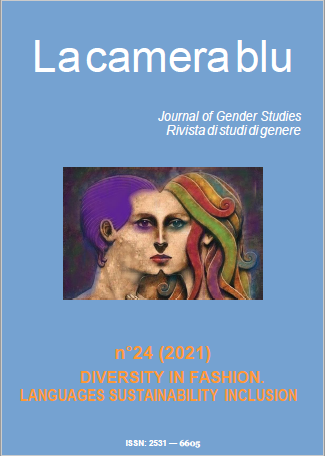The Chinese Made in Italy of San Giuseppe Vesuviano
DOI:
https://doi.org/10.6093/1827-9198/8888Keywords:
Made in Italy, Chinese fashion, clothingAbstract
The essay examines entrepreneurial activity and management of manufacturing and sales activities by Chinese in the clothing sector of San Giuseppe Vesuviano, in which both men and women contribute. San Giuseppe has no organized Chinese sector or Chinatown. Rather, the Chinese there have been able to silently penetrate the local economy, which consists of wholesale and retail commercial clothing, linen, and textile sector activity. The only difference noticeable to the outside observer is in the wholesale stores, which have retained their original structure, but are now managed by the Chinese. Despite the Chinese practice of displaying lanterns on the outside front of each entrance, the shopping area has not otherwise taken on the characteristics that could connote it as an ethnic neighborhood, but has retained the same general appearance prior to the arrival of the Chinese.
The Chinese follow a very specific entrepreneurial path. First, they work as employees with other Chinese. Later, after accumulating some money, they then open tailoring workshops. Thereafter, only after a few years, do they invest their profits in opening wholesale clothing and linen businesses. With their presence in the clothing sector, they have given birth to a market with the production of items that, while in less demand, are competitively priced compared to Italian products. This is possible because they spare the expense of employees, operating outside existing rules and norms, to include employing their wives and even children, who are not of legal age to work.
Today, the Chinese of San Giuseppe are aware of their economic strength and are better able than the Italians to protect themselves against the crisis exacerbated by the pandemic. They have managed to retain their business locations and continue operations without having to excessively reduce prices. As the viral emergency has taught us about COVID’s abnormal, symbiotic relationship with our bodies, moving the discourse from the virus to men, we also need to to rebalance relations within a society that is now even more unstable than the past, with risk of continuing imbalances and ethnic frictions.
Downloads
Downloads
Published
How to Cite
Issue
Section
License
La camera blu is an open access, online publication, with licence CCPL Creative Commons Attribution 3.0 Unported


